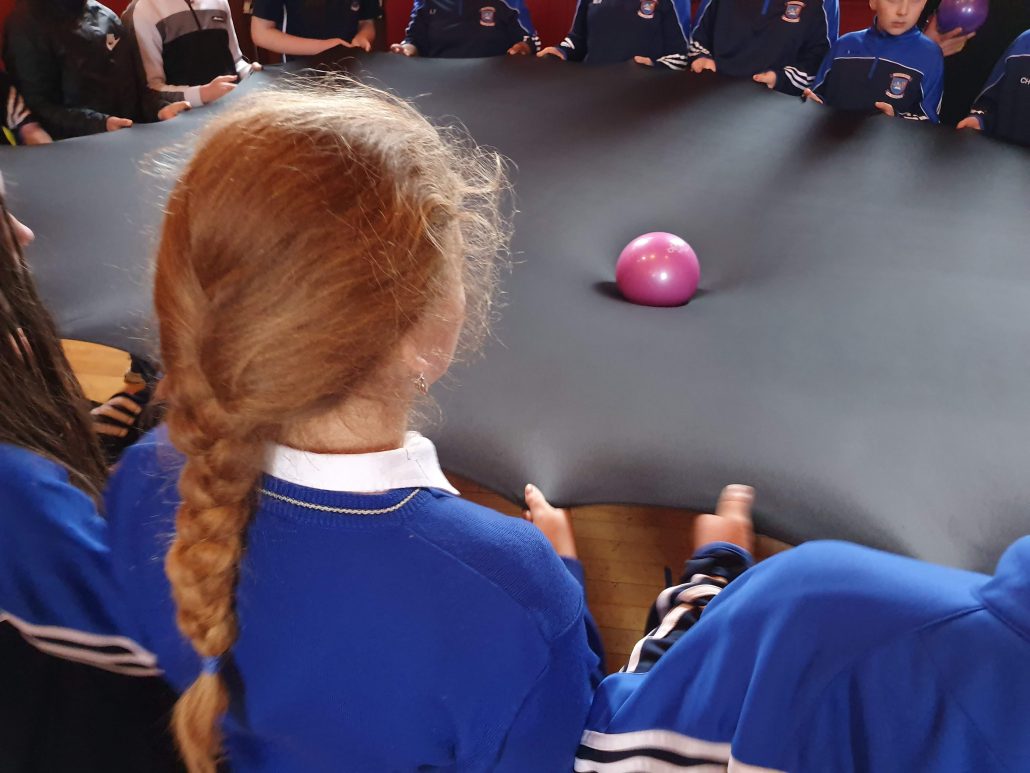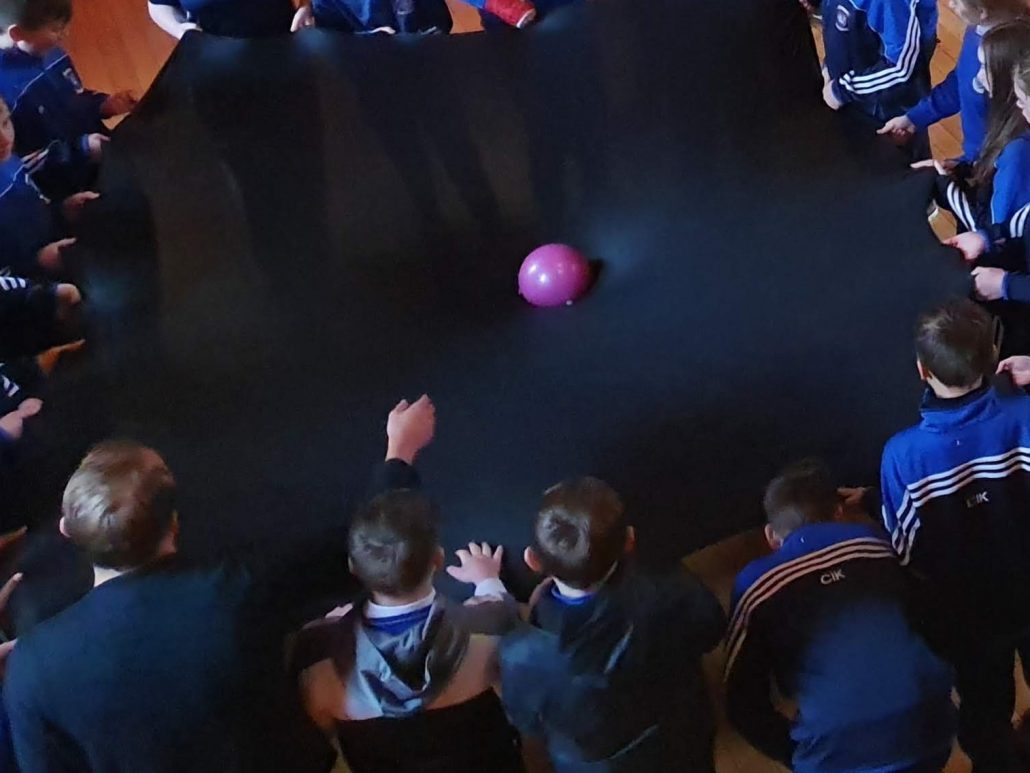Gravity and the Origins of the Universe
Overview
The goal of this activity and lesson is to provide students with an understanding of gravity beyond the scope of Earth, on a much larger scale. How does gravity work in space and how has it shaped our Universe? Using this activity students can get a hands-on understanding of how bodies of mass are attracted to each other because of the force of gravity. It can show why planets orbit stars, and gives an opportunity to explore what would happen in alternate set-ups of our solar system. From this insight there is then an opportunity to learn about how gravity can create. It is an important element in the creation of stars and the first light in the Universe.
Background information
Isaac Newton first spoke about the Theory of Gravity circa. 1665, on seeing an apple fall, as the story goes. He described gravity as a force of attraction between two objects and it is proportional to their mass and inversely proportional to the square of their distance – meaning simply that gravity is stronger between larger, heavier objects and gets weaker as the objects move further away from each other
Gravity on the surface of Earth is measured as approximately 9.8m/s²
However, the gravitational force in space is very small and seemingly insignificant except for the fact that there are objects with an enormous amount of mass comparatively.
Albert Einstein, in 1915, postulated that gravity is a distortion of spacetime, which we think of as a giant piece of fabric – like in this activity. When an object of significant mass is on the fabric it distorts and pulls any smaller nearby objects closer.

A heavy ball is placed on the material to represent a planet or star warping spacetime.
When you put a moving object near the distortion, or gravity well, it causes it to circle – or orbit – around the bigger object, like a planet orbiting a star. However, the object circling will eventually reach the ‘star’ so why do we stay orbiting our Sun and not just fall into it?
This is due to the speed at which the planet is moving. There is also no friction in space so when you are moving fast you cannot slow unless a force opposes you. In our demonstration, the fabric quickly slows down the balls so they fall into the centre. If there was no gravity we would go speeding away in a straight line; gravity keeps us in orbit.
Gravity also plays an important role in the formation of stars. Long after the Big Bang there were clouds of dust and gas in space, and irregularities in the density of the cloud caused increases in the gravitational force. As the matter condensed it heated up, this process continued until the core got so hot that it could fuse nuclei of atoms (nuclear fusion). This creates a huge amount of energy that opposes gravity and eventually leads to a stable star. This created the first light in space and although stars are not produced at the same rate now this is still how they are produced.

Overhead view of the spacetime fabric activity

 Editable Presentation PPT
Editable Presentation PPT